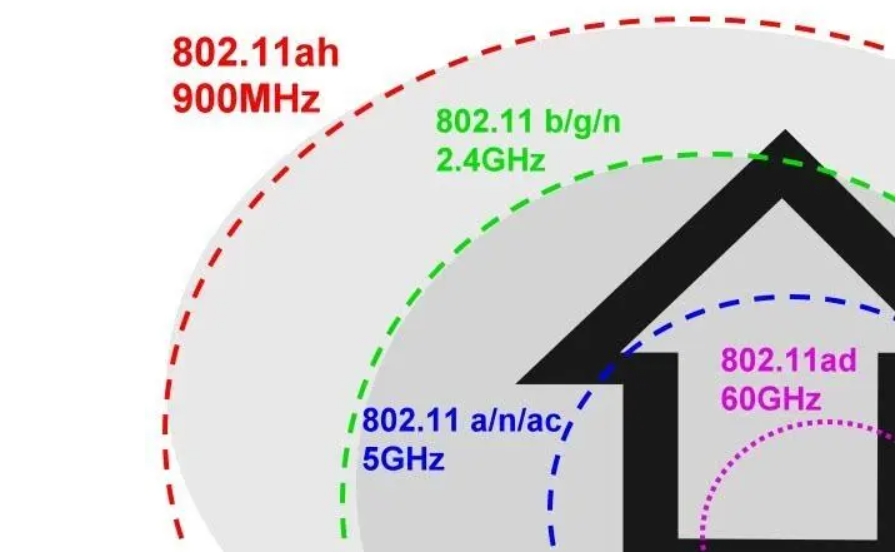
By admin Date of issue: Nov 02,2023
With the rapid growth of the Internet of Things (IoT), wireless communication technologies are also evolving to meet the growing demand for connectivity, energy consumption, and range. 802.11ah technology is a wireless communication standard specifically designed to support large-scale IoT applications, and it occupies an important place in the Wi-Fi ecosystem.
Introduction to 802.11ah technology
802.11ah, also known as Wi-Fi HaLow, is a low-power, long-range, high-penetration communication technology based on Wi-Fi. It was officially released in 2016 by the IEEE (Institute of Electrical and Electronics Engineers) and has since become part of the Wi-Fi Alliance. The primary goal of 802.11ah is to provide a cost-effective wireless connectivity solution for large-scale IoT applications while reducing power consumption and improving network range and reliability.
Key features:
Long range coverage: 802.11ah operates in a lower frequency band (typically the Sub-1 GHz band), which allows the signal to penetrate walls and other obstacles, providing greater coverage. Under the right conditions, its coverage can reach several kilometers, making it suitable for large farms, factories, cities and outdoor environments.
Low power consumption: In order to meet the requirements of long-term operation of iot devices, 802.11ah adopts a low-power mode that allows devices to go to sleep when they do not need to communicate at high frequencies. This helps extend battery life, allowing sensors, surveillance cameras and other devices to operate for a long time.
High penetration: 802.11ah technology has excellent penetration, which means that signals are able to penetrate buildings and other obstacles, maintaining the stability of the connection. This is critical for deploying IoT devices in complex environments.
Large-scale connectivity: 802.11ah supports large-scale connectivity and can connect hundreds of devices at the same time, which is important for scenarios where hundreds of sensors, smart home devices, and industrial automation devices are deployed.

Application field:
802.11ah technology has a wide range of application potential in various fields:
Agriculture: Farmers can use 802.11ah connected sensors to monitor soil moisture, weather conditions and crop health to improve agricultural productivity.
Smart Cities: Cities can leverage 802.11ah technology to monitor traffic, trash bin status, air quality, and the health of urban infrastructure.
Industrial Automation: The manufacturing industry can use 802.11ah to connect various devices for smarter production and equipment monitoring.
Smart Home: 802.11ah provides reliable connectivity for smart home devices, including smart lighting, security systems, and home automation devices.
Sum up
802.11ah technology is an important innovation in the Wi-Fi ecosystem that provides a reliable and efficient wireless connectivity solution for future iot applications. Its characteristics of long range coverage, low power consumption, high penetration and large-scale connectivity give it great potential in a variety of industries. As IoT applications continue to flourish, 802.11ah technology will play an increasingly important role in a world that connects billions of devices.
ADD:116 ChengYang Road, XiangCheng District, SuZhou City,JiangSu Province, China
Skype:sunbenku1
Email:support@wallystech.com
Copyright © 2020 Wallys Communications (Suzhou ) Co., LTD Sitemap



